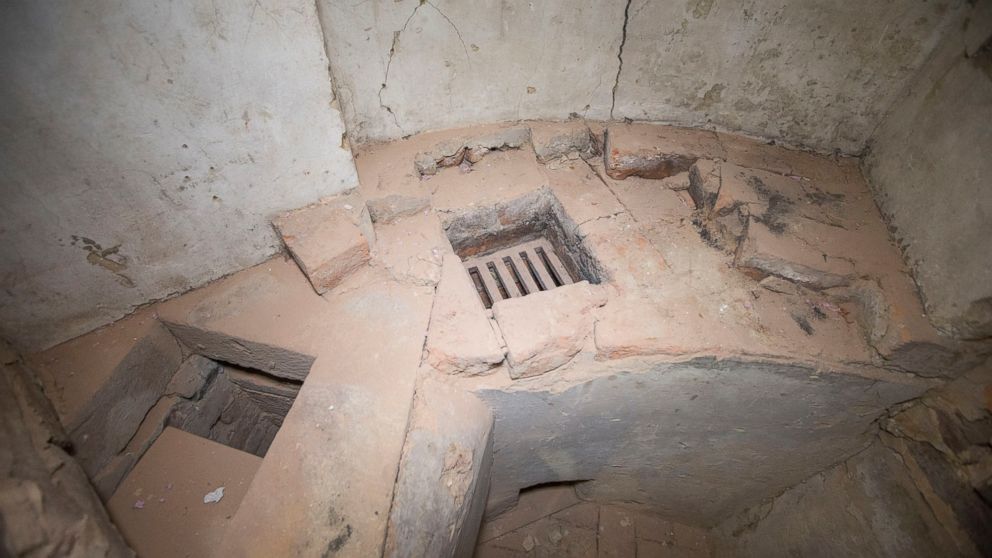Thomas Jefferson's Hidden Chemistry Lab Discovered
The hidden room is thought to have been designed by Jefferson.

— -- A hidden chemistry lab has been found in the iconic Rotunda at the University of Virginia, and the room likely has a direct link to the third U.S. president, Thomas Jefferson, who designed the building, school officials said.
While hidden for decades, the lab isn’t exactly a case of a founding father's version of “Breaking Bad.” The lab appears to be a specially designed hearth created to be used with a nearby chemistry classroom, when the university was first built in the 1820s, officials said.
The room was likely designed after Jefferson collaborated with the first natural history professor at the school, John Emmet, according to Brian Hogg, senior historic preservation planner in the Office of the Architect for the University of Virginia
“It was a surprise, a very exciting one for us,” Hogg said in an article published this week on the University of Virginia website.
Constructed sometime between 1822 and 1826, the hearth was walled off in 1850 and survived a major fire that destroyed much of the building in 1895, according to the University of Virginia website. It was discovered during an ongoing two-year renovation of the building.
While cutting edge for its time, the hearth is far different from anything seen in a modern chemistry lab. Special flues carried out toxic air and heated sand was used to disperse and temper the heat instead of just turning down a knob.
Anyone eager to see the hidden room will have a chance after renovations are completed and the room becomes part of the permanent display, officials said.
“This may be the oldest intact example of early chemical education in this country,” Hogg said on the University of Virginia website.




